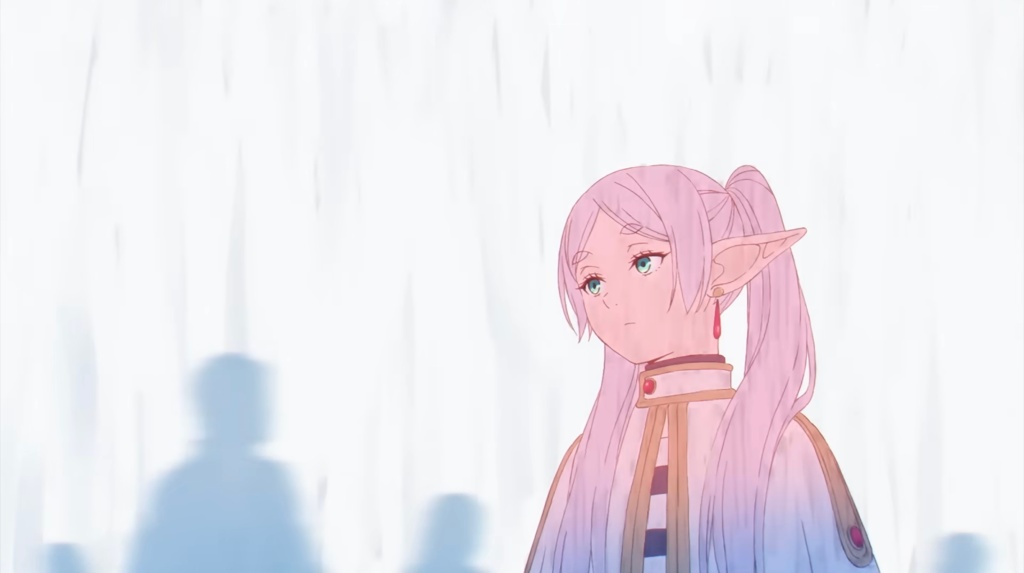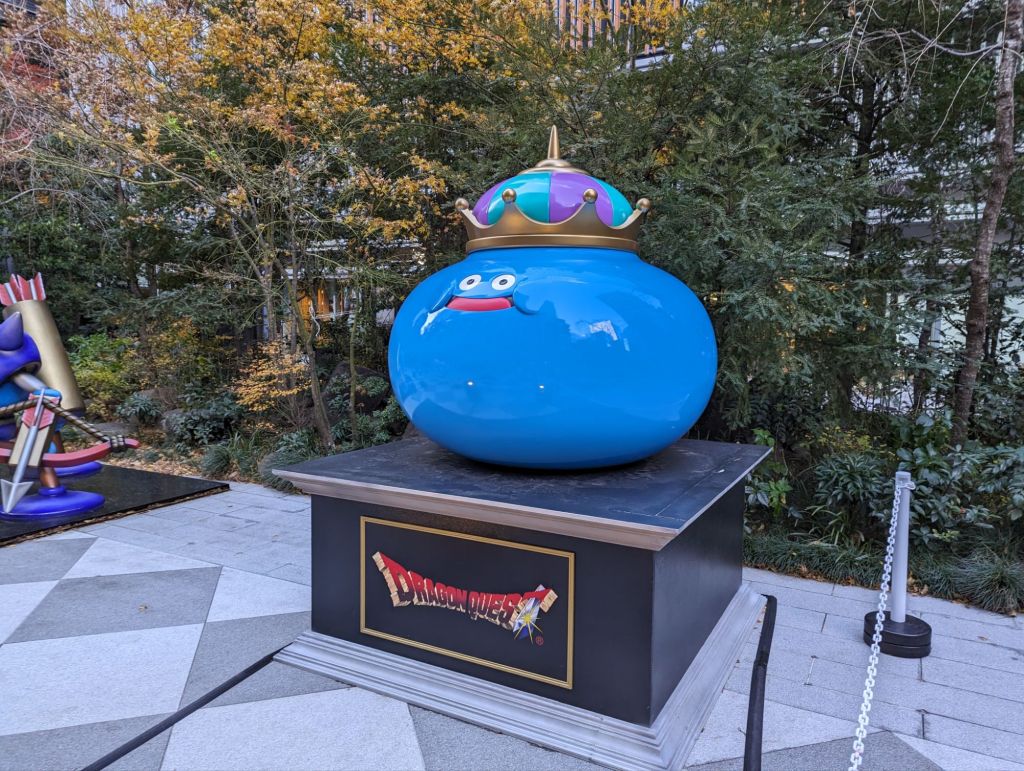In March, I went to a screening of End of Evangelion. While it wasn’t my first time seeing the movie, it had also been many years, and this was actually the first time EoE had been released in theaters in North America, courtesy of GKids.
Evangelion as a whole is a major part of my history as an anime fan, culminating with the Shin Evangelion movie. But two decades ago, End of Evangelion was one of those works that blew apart my preconceived notions about what animation could do. The emotional turmoil, the horrifying spectacle, and the beautiful animation all worked together to leave a lasting impact on my psyche.
It’s interesting to have again seen this film in full, now with the context of my own lived experience and where Evangelion has gone since then.
End of Evangelion is a sort of alternate version of the last two episodes of the TV series. Rather than taking place purely in an abstract world consisting of the collective minds and souls of its characters, things are based more in the physical world. After NERV defeats the last of the Angels, its secretive parent organization SEELE betrays NERV, and the ensuing carnage sends its already traumatized heroes spiraling down even further.
Ikari Shinji has long been the poster child for angsty teen protagonists, and it’s easy to see here why he could be both a very relatable character and an endless source of aggravation for viewers. As the people on his side and close to him are literally gunned down in cold blood, Shinji is unable to act. It makes me want to shout, “Get out of your own head, damn it!” And that admonishment more or less happens in the movie itself. But Shinji’s perspective is also one that hits close to home: He’s screwed up so many times that he thinks doing nothing is literally better than trying at all and inevitably making things worse. When you only see yourself as a source of failure and disappointment, it can be hard to take even a single step forward.
But when Rei initiates Third Impact, the apocalyptic event that’s meant to bring everyone’s souls together and reform humanity as the single entity it began as, Shinji does something surprising: He rejects this future that would ostensibly solve all his problems with human connection. It turns out that Shinji isn’t satisfied with a happiness that is handed to him, even if it would be a realm of sheer bliss. He wants to achieve self worth by going out there and finding it himself. The process itself, and the authenticity of the success, is paramount. It’s not so much that reality is about suffering, but more like telling someone who’s trying to plant a flower (and is incredibly bad at gardening) that you can just buy them an entire field of flowers that’ll be tended by the world’s best botanists.
The ending scene is one of many scenes that have long generated discourse, and thinking about it from the perspective of dreams vs. reality has me reconsidering its outcome. In the aftermath of the Third Impact (or at least its attempt), Shinji finds himself alone with Asuka. Seeing her lying prone, Shinji starts to strangle her, repeating an earlier “action” he took while being confronted in his mind about the way he desperately tries to avoid loneliness. But to his surprise, Asuka’s hands gently brush against his face, and this causes Shinji to let go. Asuka then says, “Disgusting.”
I see Shinji’s actions as indicative of him doubting that he’s out of the dream-like Third Impact, only to be thrown off by Asuka being very different from what he saw in his own mind. The compassion and disdain are both there, beauty and ugliness all mixed together. Reality is where dreams end, but it’s also fueled by those same dreams. It’s a messy world where Shinji can once again try to make a genuine connection, even if they’re the last two people on Earth.
To me, the essential difference between End of Evangelion and Shin Evangelion has to do with their relationship with depression. EoE is what you get when you’re caught up in it and are trying to provide hope that there’s a way out. Shin Evangelion is the result of someone who managed to overcome that depression and can tell you the other side is real.
I’m glad Anno found his light.









